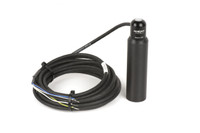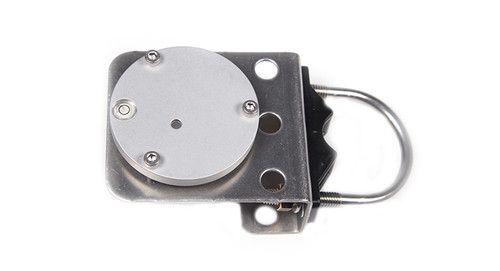The SP-230 (All-season) is a heated pyranometer with a 0.2 W heater to keep water (liquid and frozen) off the sensor and minimize errors caused by dew, frost, rain, or snow blocking the optical path. Sensor includes IP68 marine-grade stainless-steel cable connector 30 cm from the head to simplify sensor removal and replacement for maintenance and recalibration.
FOR MORE PRODUCT INFORMATION, CHECK OUT THESE LINKS
MORE INFORMATION ON APOGEE PYRANOMETERS >> click here

Figure 1: Solar radiation after a January frost in Logan, Utah with overcast conditions until 11 a.m. The two replicate Apogee SP-230 pyranometers were nearly identical to a heated and ventilated reference pyranometer. In spite of the bright sunlight after 11 a.m., the frost on two unheated glass dome thermopile and four replicate unheated castle design pyranometers did not melt until after 4 p.m. (1600 hours).
























